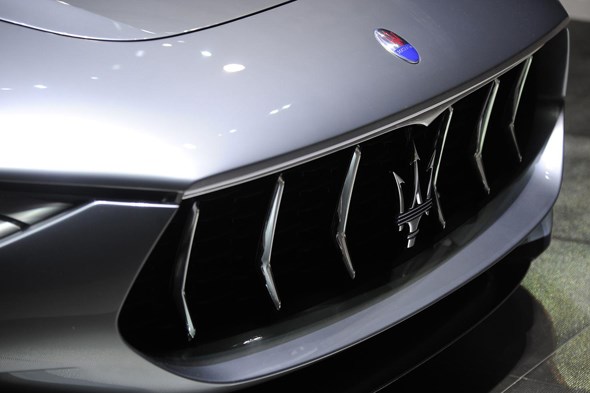
1) Because Maserati’s badge stars a Roman God
When Alfieri Maserati opened his first shop, three of his brothers joined immediately. Mario wasn’t a fan of engines, but he could draw. He based Maserati’s famous Trident logo on the fountain of Neptune in Bologna’s Piazza Maggiore.
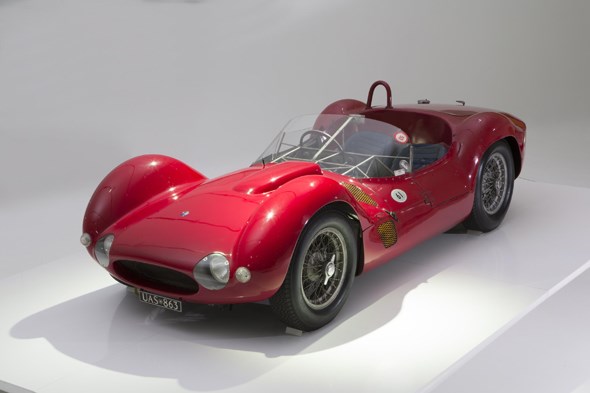
2) The epic Maserati Birdcage
Has there ever been a more beautiful race car? The Tipo 61 ‘Birdcage’ brought space-age technology to motor racing, the tubular steel frame chassis making the car stronger and lighter. Unfortunately, the Birdcage wasn’t very reliable – but it did manage to win the 1000km Nurburgring twice in 1960 and 1961.
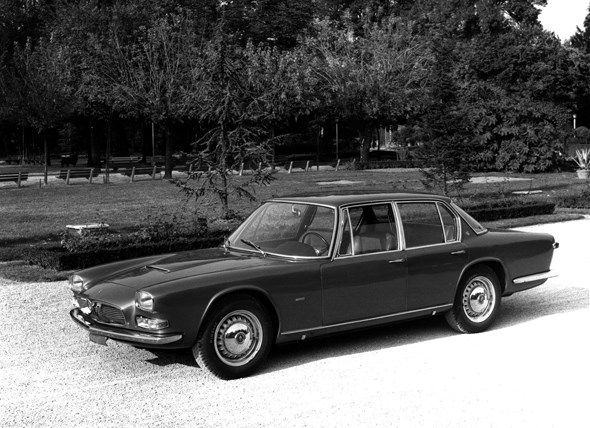
3) They made four-doors sexy
The company’s first four-door saloon was built the Maserati way – and that was fast. The Quattroporte of 1966 was the fastest four-door at the time and even Enzo Ferrari sat up and took notice when Italy’s head of state visited the Maranello factory in one.
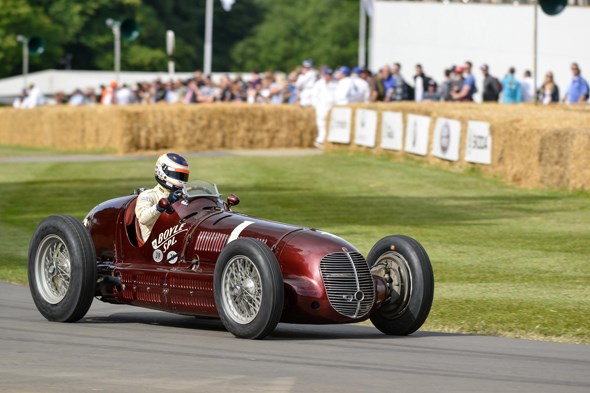
4) Maserati is the only Italian firm to triumph at the Indy 500
Maserati is the only Italian manufacturer to conquer the mighty Indy 500 raceway twice. The victorious car was the gorgeous 8CTF ‘Boyle Special’ back in 1939 and 1940.
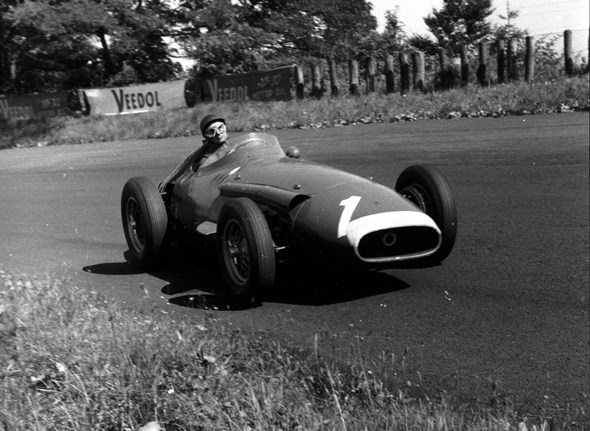
5) Fangio won his fifth F1 world title in a Maserati
Juan Manuel Fangio, legendary F1 driver, conquered the 1957 world championship in the Maserati 250F at the Nurburgring.
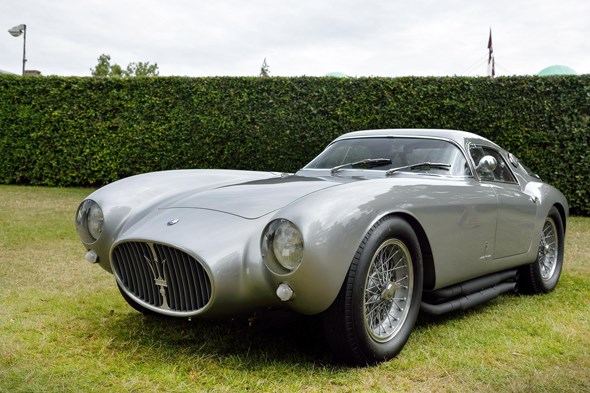
6) Maserati can’t help building jaw-dropping beauties
Have a look at this perfectly sculpted A6GCS. Isn’t she pretty? Only four of these were built and anyone who was lucky enough to go to 2014 Goodwood Festival of Speed would have seen it in the metal. In fact, it was named ‘Best in show’ at the Cartier Style Et Luxe concours on the lawns of Goodwood House.
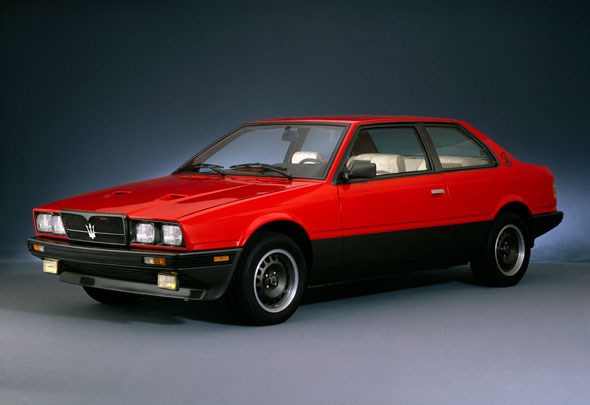
7) They bounced back from the sorry 1980s
Maserati is Italian. We all know that Italians can be temperamental; unfortunately Maseratis of the 1980s were just that. The Biturbo was a car meant to bring lots of power, but due to multiple failures, it was selected as Time Magazine’s worst car of 1984.
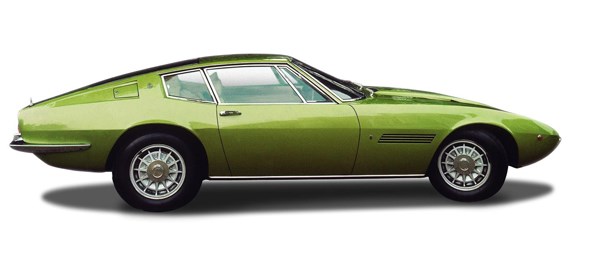
8) Maserati managed to make winds desirable
The Maserati Ghibli is named after a Mediterranean wind famous for reaching hurricane speeds. Fitting for a fast super-saloon. Three other Maserati models are named after winds: the Bora, Mistral and Khamsin all sound somewhat more thrilling than a number-obsessed German alternative.
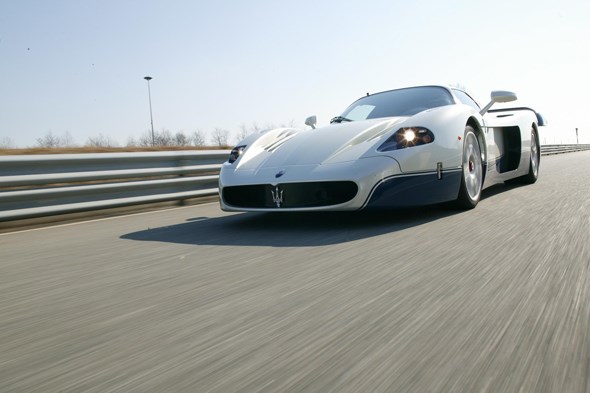
9) Maserati’s still racing today
Maserati returned to motor racing with the MC12 GT1 in 2004 after a 37-year absence. Using the Ferrari Enzo as a basis was a great start. Making a limited production run of 50 roadgoing models priced at €600,000 and painted in the colours of the Tipo 61 Birdcage was even better.
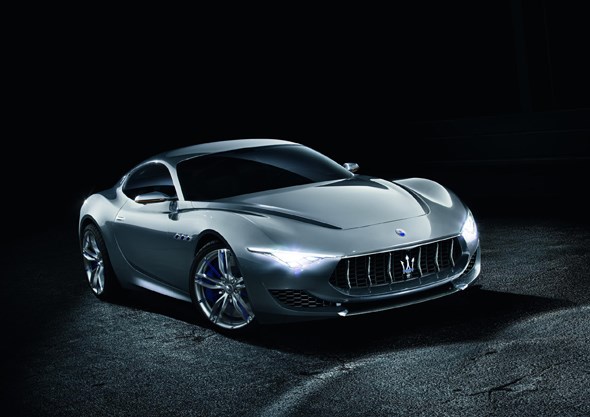
10) The future’s bright: the Alfieri’s named after a visionary
Maserati paid homage to its creator by designing a promising concept called the Alfieri at the 2014 Geneva motor show. It’s at once modern, yet respects Maserati’s century-long heritage, echoing design elements from the A6GCS and the GranTurismo MC Stradale.
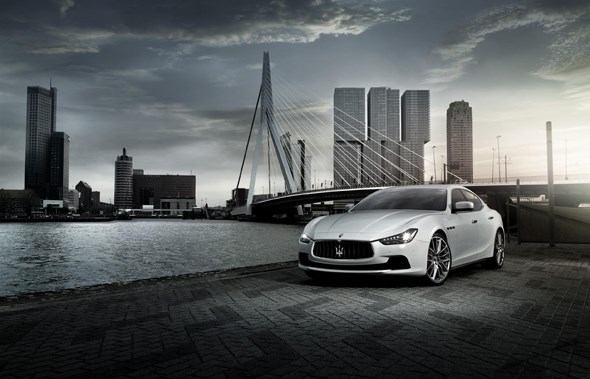
11) Because Maserati offers an alternative to the boring Germans
Mercedes, BMW and Audi have dominated the executive saloon segment for decades. Relief is on hand at your local Maser emporium, however: the latest Ghibli and Quattroporte are both dripping with Italian flair. You just know which you’d rather turn up to the golf club in, don’t you?
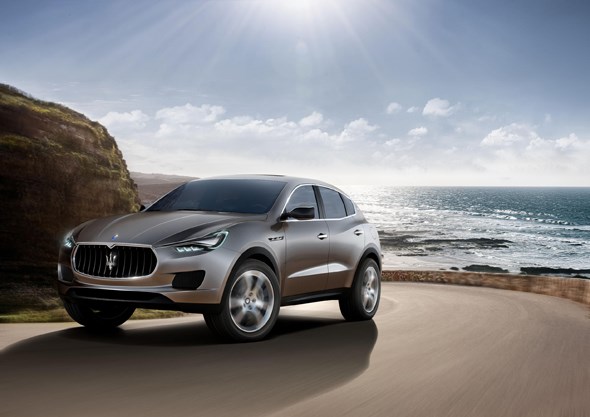
12) Maserati’s moving with the times
Maserati is constantly evolving. It exclusively built racing cars for its first 43 years, but has since switched into roadgoing performance cars, saloons and more. Now the company is gearing up to launch its first SUV. Should the brand head off road? Using its own all-wheel drive system and borrowing know-how from sister company Jeep, it looks like the Levante could do for Maserati what the Cayenne did to Porsche. Maserati is aiming to send sales soaring fivefold, and if it takes a 4×4 to make this happen and secure the future of the sporting Masers we know and cherish, who are we to complain?